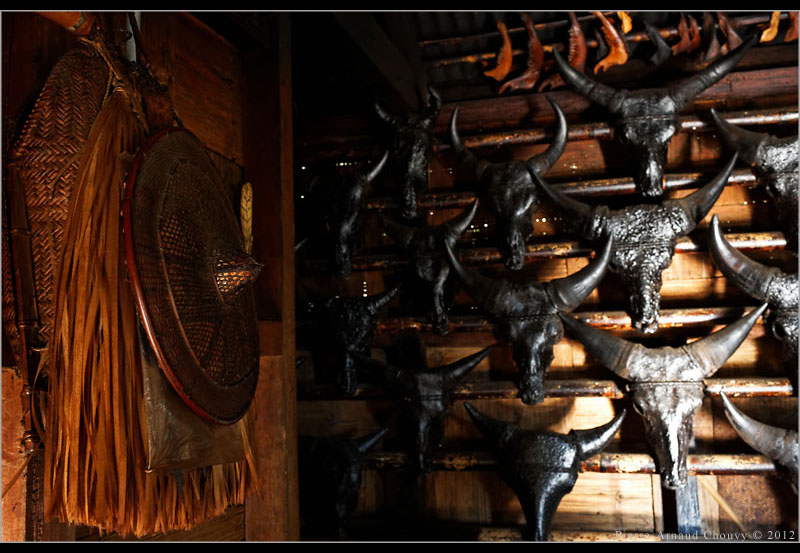Categories
- Africa (147)
- Cape Verde (14)
- Morocco (133)
- Americas (90)
- USA (90)
- Detroit (21)
- Grand Teton (1)
- Michigan (54)
- New York (2)
- Yellowstone (10)
- USA (90)
- Art (13)
- Asia (425)
- B&W (149)
- Body (35)
- Drone photography (7)
- Europe (397)
- Fauna (31)
- Flora (176)
- Cannabis (42)
- Opium / Poppy (24)
- Landscape (448)
- Macro (22)
- Middle East (6)
- People (433)
- Sepia (2)
- Sport (51)
- Climbing (42)
- Still life (113)
- Strobist (flash) (15)
- Uncategorized (3)
- Urban (203)
- Architecture (62)
Shot Notes
ENG: Traditional Mishmi bag (kum tapai/ tahum flay), with the traditional mithun (Bos frontalis) heads in the back. The Mishmi or Deng people of Tibet and Arunachal Pradesh are an ethnic group comprising mainly three tribes: Idu Mishmi (Idu Lhoba); Digaro Mishmi (Taraon, Darang Deng), and Miju Mishmi (Kaman Deng). The Mishmis occupy the north-eastern tip of the central Arunachal Pradesh/South Tibet in Upper and Lower Dibang Valley, Lohit and Anjaw Districts/Medog County. The Idu Mishmis were the first to come from Burma. They were followed by the ancestors of the Digaru Mishmis a little over 500 years ago. The Mijus were the last to migrate from the Kachin country in Burma. Anjaw district, Arunachal Pradesh, India
FR: Sac mishmi traditionnel (kum tapai/ tahum flay), avec les traditionnelles têtes de mithun (Bos frontalis) en arrière-plan. Les Mishmi ou Deng du Tibet et de l’Arunachal Pradesh sont un groupe ethnique composé principalement de trois tribus: les Mishmi idu (Idu Lhoba), les Mishmi dugaru (Taraon, Darang Deng), et les Mishmi miju (Kaman Deng). Les Mishmi occupent l’angle nord-est de l’Arunachal Pradesh et le sud du Tibet, dans les hautes et basses vallées de la Dibang, des districts de Lohit et d’Anjaw et du comté de Medog. Les Mishmi idu furent les premiers à venir de Birmanie, suivis quelque 500 ans plus tard par les ancètres des Mishmi digaru. Les Miju furent les derniers à émigrer depuis la région kachin de Birmanie. District d’Anjaw, Arunachal Pradesh, Inde.
Category: Asia • India • Still life
Image URL: http://photo-tropism.com/blog/still-life/traditional-mishmi-bag/

